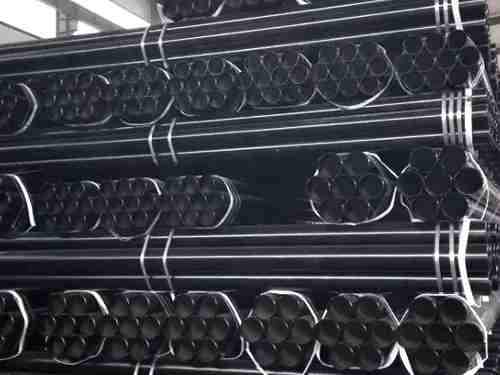ASTM American Society of Testing Materials (American Society of Testing Materials), formerly known as the International Association for Testing Materials (IATM)
ASTM is one of the oldest and largest non-profit standards academic societies in the United States. After a century of development, ASTM now has 33,669 members (individual and corporate), of which 22,396 main committee members serve as technical experts in their various committees. There are 2004 technical subcommittees under ASTM technical committees. 105,817 units have participated in the formulation of ASTM standards. The main task is to formulate characteristics and performance standards, test methods and procedures standards in the fields of materials, products, systems, and services, and to promote the development and promotion of relevant knowledge.
ASTM classification:
ASTM standards are divided into the following six types:
(1) Standard Test Method It is a prescribed procedure for identifying, testing and evaluating the quality, characteristics and parameters of materials, products, systems or services.
(2) Standard Specification It puts forward technical requirements for materials, products, systems, or projects and gives specific instructions, and also puts forward the procedures that should be adopted to meet the technical requirements.
(3) Standard Practice (Standard Practice) It describes one or more specific operations or functions, but does not produce test results.
(4) Standard Terminology It describes or defines nouns, symbols, abbreviations, and acronyms.
(5) Standard Guide (Standard Guide) It selects a series or explains usage, but does not introduce specific implementation methods.
(6) Standard classification (Class.fication) It distinguishes and classifies materials, products, systems, or specific services according to their origin, composition, performance, or use.
ASTM representation
ASTM standards are represented by standard code + letter classification code + standard serial number + year of formulation + standard English name.
(1) If the standard serial number is followed by the letter M, it is the metric unit standard, and the one without the letter M is the imperial unit standard.
(2) If there are parentheses after the date of formulation, the age in the parentheses indicates the year when the standard was re-examined.
(3) If there is a, b, C after the date of establishment. … . . , it indicates the revision level of the standard.
(4) There are £1, £2, £3 after the formulation date. … . . , it means the number of times that the standard has only been edited for editorial changes without substantive content
(5) The meaning of the letter classification code:
A - ferrous metal
B - non-ferrous metals
C - Cement, ceramics, concrete and masonry materials
D - other various materials (petroleum products, fuels, low-strength plastics, etc.)
E - Miscellaneous (metal chemical analysis, fire resistance test, non-destructive test, statistical methods, etc.)
F - special purpose materials (electronic materials, shock-proof materials, medical surgical materials, etc.)
G - Corrosion, deterioration and degradation of materials

 English
English Español
Español











